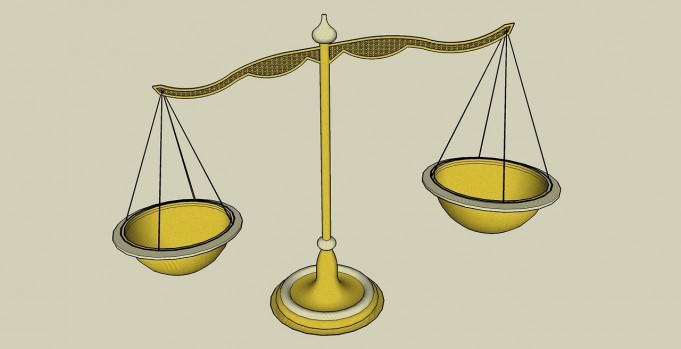How to find the right asset balance
There are inherent risks in investing and finding the right asset balance is important. There are potential payoffs such as funding retirement. To better understand your tolerance for risk, asset allocation is a technique to spread your investment dollars across different asset classes. Stocks, bonds, and cash or cash alternatives are generally the most common components of an asset allocation strategy. Asset balance allocation is one of the most important decisions that you can make with your investments.
After you determine what weights you should assign each asset class, use this framework for determining your risk profile. There is no one-size-fits-all asset allocation for each investor, as everyone’s situation is different. You have to take into consideration job security, future earnings power, and the amount of time you have to save in order to find the right asset balanced mix that works for you.
Determining risk tolerance
Deciding on an appropriate allocation is an important exercise to find the right asset balance for you. This may be the most important investment decision. Your financial goals and personal resources all contribute to the equation to find the right asset allocation. A risk profile questionnaire is a widely accepted method for investors to make asset allocation decisions. However, there are two significant limitations. First is the way people think about the risk that varies with market conditions, because behavioral science research tells us that when the market goes up, investors feel they can accept more risk. The dynamic reverses when markets go down suddenly and asset balance elicits fear in the hearts of investors and tolerance for risk diminishes.
The second limitation with risk questionnaires to find the right asset balance for you is they don’t measure an individual’s need to take the risk. The purpose of an investment portfolio is to support the financial planning objectives that will articulate the why as well as the how. It helps answer questions like, “Do I have enough to feel confident so I can retire?” The specific goals and time frames are the determinants to the willingness to take on additional risk.
Committing to an asset allocation
Picking an asset allocation is important, especially in light of our changing attitudes about risk and reward. Don’t hesitate to get professional help to find the right asset balance for you if you need it. You must periodically review your portfolio to ensure that your investment continues to serve your needs as your circumstances change over time.
This exercise should give you a better idea of your investments and will help you better sync that risk with your time horizon. Get these two factors right and one of the single biggest determinants of your future investment performance is taken care of. Simply find the right asset balance back to your target weights annually to keep yourself within your risk parameters. Also, having an investment portfolio, is one of the best moves you can make in your investment plan.









